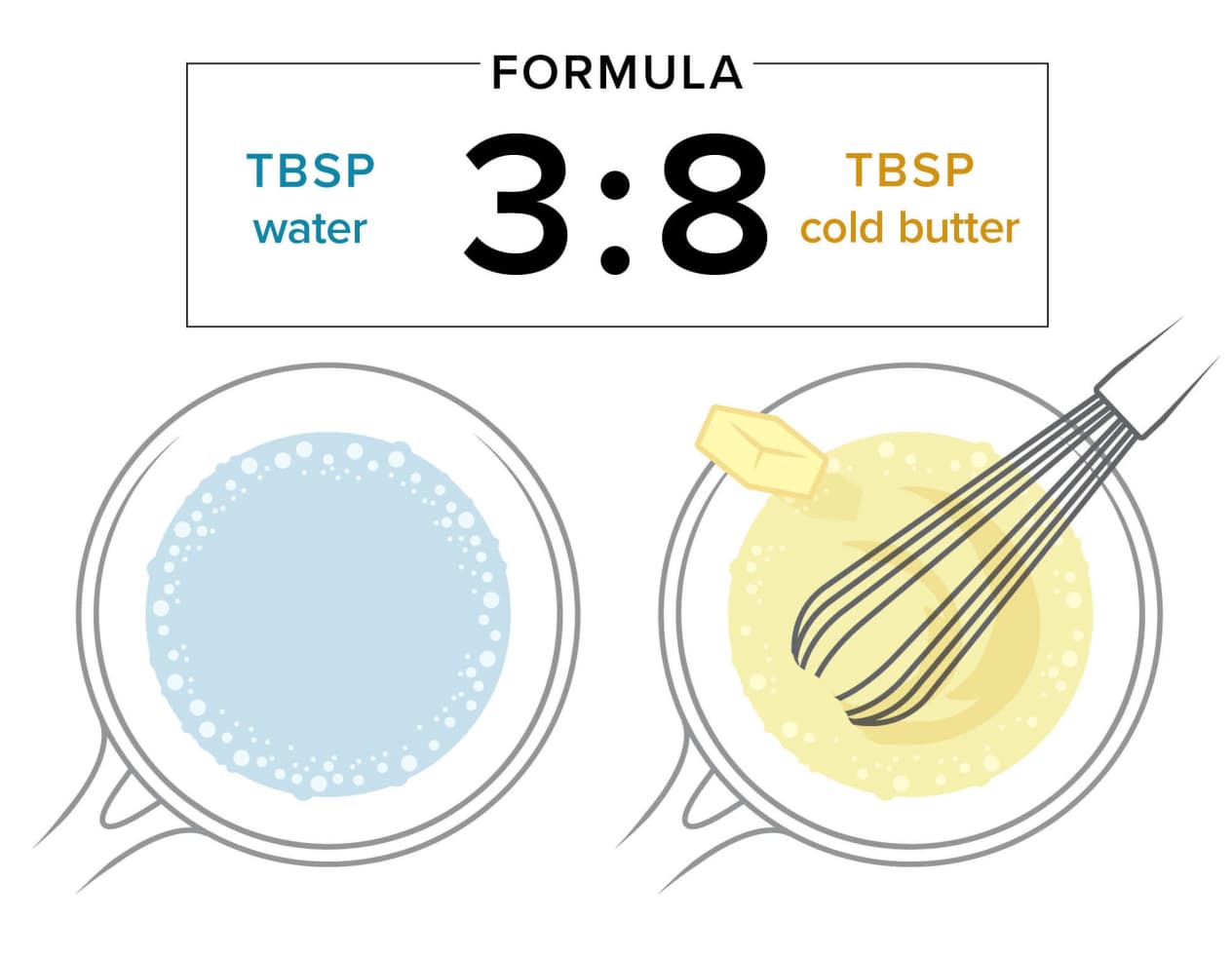Gather some meaty bones with lots of connective tissue (cheap joints are great):
poultry backs, wings, feet or a whole bird
oxtail
meaty neck bones
shank (osso bucco)
short ribs
any roast with a joint, etc.
Put meaty bones in a stock pot and just cover with water. (No more than an inch of water above the bones).
Bring to a boil on high heat and skim the scum that comes to the surface when it boils with a fine mesh strainer.
Reduce heat to barely a simmer and add your salt. This means there is some bubbling under the surface of the water but not a lot of bubbles breaking the surface at a rapid pace.
You may have to cock the lid on top of the pot to get it to simmer correctly. Some people also do this in their oven. The low simmer is what gently breaks down the collagen without breaking it apart. But resist the urge to overthink it! It will still be delicious and nutritious.
Cook until the meat falls off the bone but no longer than 6 hours. Fish takes 60-90 minutes, poultry usually takes 1.5- 3 hours whereas larger animals take 4-6. Do not do this in an instant pot as pressure cooking may destroy the collagen.
Pull the meaty bones out and let them cool on a tray. Strain the stock.
When the meat is cool enough to handle, pull it off the bones, chop up, and you can use in soups or casseroles.
Pro tips: The connective tissue that can be pulled off the bones is the heavenly healing stuff. Chop it up small and eat it in your soup. • If you are doing poultry, you can remove the skin after cooking and blend it into the strained stock for added fat and collagen.
Enjoy liberally! GAPS protocol recommends a minimum of 5 cups per day on the intro diet so you can drink as much as you want.
Colleen Holland, DC, FAE, CGP www.wombforgrowth.com
.jpg)


